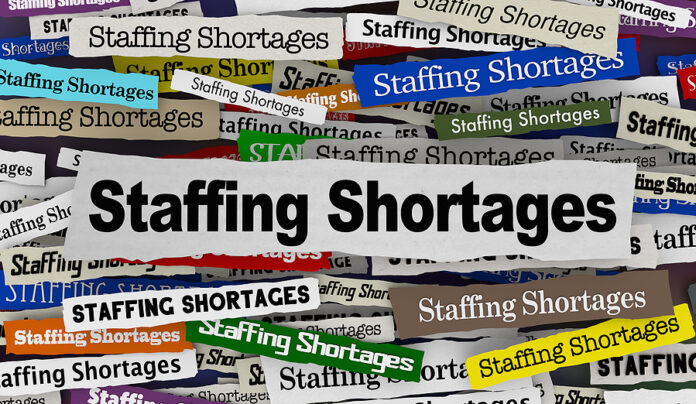
There’s no end in sight to the current labor shortage, according to a new report by Korn Ferry. In addition to grappling with a high turnover rate, companies are expected to experience continued labor shortages into the new year.
According to the Korn Ferry survey, which polled 1,128 professionals, workers are leaving their current positions for the following reasons:
- Re-evaluation of priorities amid the pandemic (30%)
- Lack of a clear advancement path (24%)
- Better pay/benefits (23%)
- Need for more challenging/rewarding work (14%)
- Boss/co-workers (9%)
As the new year approaches, over half (55%) of respondents expect employee turnover to increase. And the problem goes deeper, having the potential for far-reaching effects.
Juan Pablo Gonzalez, Senior Client Partner and Sector Leader, Professional Services, commented on the situation, saying, “This labor shortage is much more than just a people issue – it’s a business conundrum that can have long-lasting effects if not addressed.”
In addition to the labor shortage, almost three-quarters (74%) of respondents reported their company has a shortage of skills and capabilities needed in the future. Of the 66% of professionals who said it was harder now to fill open positions, 45% said they can’t find qualified talent/skills. This plays into the global talent shortage, which is an area of concern for many companies.
Respondents reported that their company was addressing the labor and skill shortage in the following ways:
- Upskilling/reskilling current employees (37%)
- Relying heavily on contingent/gig workers (20%)
- Increasing compensation, rewards, and benefits (20%)
- Providing remote working opportunities (10%)
- Offering additional training and education opportunities (9%)
- Offering former employees incentives to return (4%)
According to Gonzalez, employers hold the key for reversing the current trend. “Leaders must work to understand the priorities of employees and develop talent strategies that will keep employees engaged and on-the-job,” he said.




